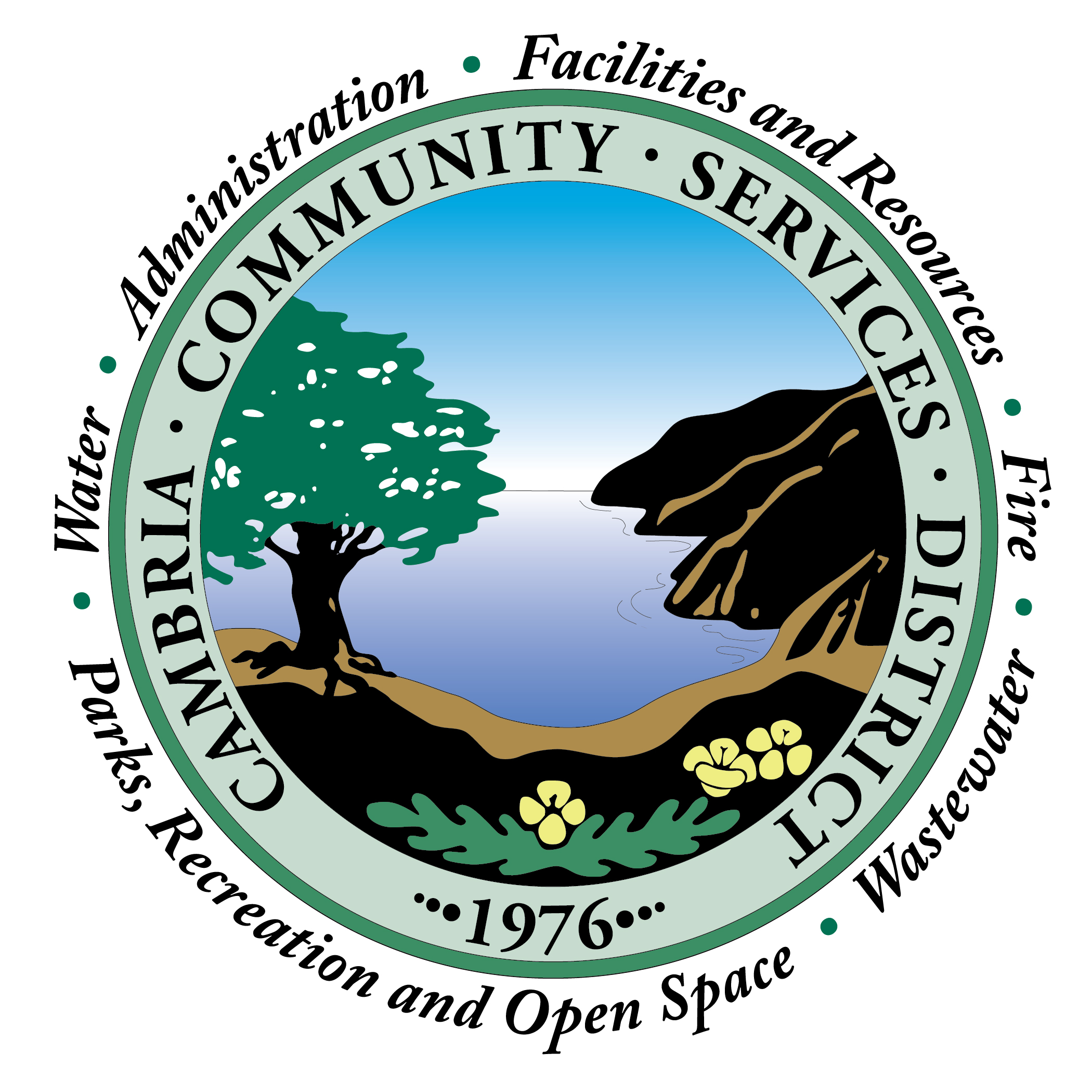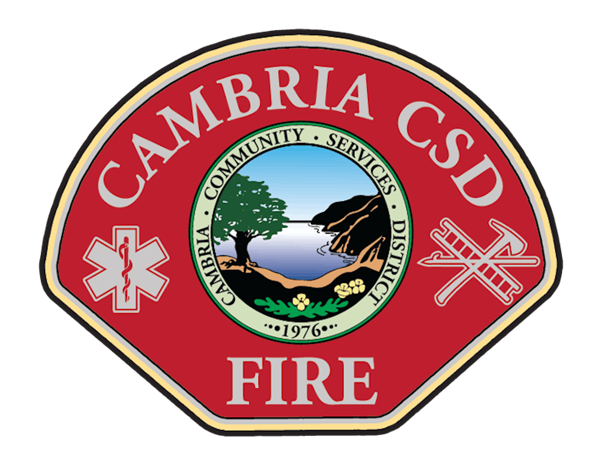By MATTHEW MCELHENIE
Dear Cambrians,
The Cambria Community Services District (CCSD) is pleased to provide an update on the progress of the Cambria Skatepark Project, which has been years in the making and reflects our commitment to making the skatepark a reality.
Since the project’s inception, the CCSD has remained committed to working with the Cambria Community Council (CCC), Skate Cambria, and our residents to move this project forward. To date, the CCSD has committed $178,000 in preliminary project costs, dedicated hundreds of staff hours and legal services, and restricted approximately $768,764 in General Fund reserves as a grant requirement. Additionally, the CCSD successfully applied for and received a recommendation for a $600,000 federal grant from the Land and Water Conservation Fund (LWCF), administered by California State Parks (pending funding in April); local funds raised by Skate Cambria in coordination with the CCC, coupled with CCSD monies ($178,000), helping to close some of the funding gaps for this project.
The environmental review has been completed, and the project qualifies for a Class 2 Categorical Exemption under the California Environmental Quality Act (CEQA), given its location within an existing community park and its consistency with approved park uses.
Inflation Impacts & Project Cost Uncertainty
As with many public construction projects across California and the nation, the Cambria Skatepark Project has not been immune to the impacts of inflation and increasing material and labor costs. The community must understand that the total cost to break ground and complete this project remains unknown, while previous cost estimates placed the project at approximately $1.2 million. Construction costs fluctuate due to various economic factors beyond our local control.
In coordination with the CCC and the project management team, the District will continue refining estimates as the project moves closer to bidding and construction once the appropriate funds have been deposited with the District. This uncertainty is precisely why the District and the CCC have diligently sought grant funding and private fundraising donations with Skate Cambria in coordination with the CCC’s careful financial planning to ensure the project is completed responsibly and sustainably.
Our Commitment to the Skatepark
Despite some recent rhetoric suggesting otherwise, we want to be clear:
The Cambria Community Services District remains fully committed to completing this project under the terms agreed to by the District and the Cambria Community Council and consistent with the expectations of the granting agencies and the Cambria community.
We understand the excitement, passion, and sometimes frustration accompanying a public/private project like this. However, it is essential to recognize that public projects require careful planning, environmental review, transparent funding, and regulatory compliance. The CCSD has deliberated to ensure this project is financially sustainable and complies with all local, state, and federal requirements.
Why Protecting the District’s General Fund Reserves Matters
As a local government agency, the CCSD has a fundamental responsibility to ensure that taxpayer funds are managed carefully and responsibly, not just for today’s projects but for the long-term protection of critical public services and infrastructure. The District’s General Fund reserves are essential for maintaining the core services our community depends on every day, including fire protection, emergency response, facility maintenance, and public safety infrastructure. Reserves also provide financial stability in the face of unexpected emergencies, natural disasters, equipment failures, or other unforeseen challenges that could impact the health and safety of our residents.
While the District is proud to support the skatepark project and has already committed substantial resources to help make it a reality, safeguarding the financial resources necessary to respond to wildfires, storms, aging infrastructure, or public safety needs that arise in our small and highly vulnerable community is equally essential. Balancing these priorities and supporting community projects while protecting essential services is the heart of responsible local government. The Board of Directors and staff remain committed to maintaining that balance on behalf of everyone who calls Cambria home.
Why Sufficient Project Funding Must Be Secured Before Entering into Contracts
As the Cambria Skatepark Project moves forward, one of the CCSD’s most critical responsibilities is ensuring that any agreements with contractors, including issuing a Request for Proposals (RFP) and entering a construction contract, are supported by sufficient funding to cover the full cost of the project, including potential cost overruns.
Public contracting rules and best practices are clear: Entering a contract with a general contractor without adequate funding exposes the District’s General Fund, which is taxpayer-funded, the financial foundation for vital community services like fire protection, emergency response, and facility maintenance, to unnecessary risk.
Construction projects, especially in today’s volatile economic environment, often face unforeseen circumstances such as material cost increases, labor shortages, and weather delays. Without a sufficient reserve of dedicated project funds, any cost overruns would have to be paid out of the District’s General Fund, potentially impacting existing and critical essential services and operations, which we rely upon as a Community Services District with limited revenue options.
That is why the CCSD is committed to ensuring a reasonable and responsible funding plan before bidding, selecting a contractor, and entering into a contract for the skatepark’s construction. This approach protects not only the skatepark project’s success but also the District’s financial health and long-term sustainability, as well as its core services for the entire Cambria community.
Understanding Engineering Estimates, Mock Bids or Budgetary Quotes, & Formal Bids in Public Projects
As the Cambria Skatepark Project moves closer to construction, the community needs to understand the different stages of cost estimating and why only formal bids received through a public Request for Proposals (RFP) process provide true cost certainty for a project.
Engineering Estimates
Engineering estimates are typically developed by design professionals (engineers or architects) early in the project planning phase. These are professional opinions of probable costs associated with the project based on industry standards, similar projects, and available cost data.
However, engineering estimates are just that, estimates. They do not reflect real-time market conditions, material price fluctuations, or contractor availability, and they often exclude specific contractor overhead and profit margins.
Mock Bids or Budgetary Quotes
Project teams may sometimes seek informal pricing or “mock bids” from contractors to get a rough idea of current construction costs. These numbers are helpful for budgeting, but they are non-binding and often lack the detail or risk protections that come with a formal bid. Contractors providing mock pricing are not committing to those numbers in a legally binding way.
Formal Bids Through the RFP Process
Formal bids received through a public RFP process are legally binding proposals submitted by licensed contractors who intend to perform the work. These bids are based on detailed construction documents and specifications provided by the project team.
Importantly, qualified contractors build contingencies into their bids to cover reasonable and foreseeable risks. This may include:
- Material price variability
- Labor costs
- Subcontractor pricing
- Site conditions
- Minor changes in scope
However, these built-in contingencies typically do not cover large or unexpected cost overruns, significant design changes, or added project features that arise after the bid is submitted. That is why public agencies, including the Cambria Community Services District Board of Directors, may consider an additional project contingency fund to address unforeseen issues during construction.
Next Steps
The Cambria Community Services District Board of Directors will consider establishing a formal target amount of funds to be raised and deposited with the District to move forward with the bidding process while protecting taxpayer funds and accounting for potential overruns associated with completing this project.
This item will be scheduled for discussion and possible action at a Special Meeting of the Board of Directors on Thursday, April 24, 2025, at 2:00 p.m. at the Veterans’ Memorial Hall, 1000 Main Street, Cambria, CA 93428, and via Zoom Webinar.
Establishing this target will provide clarity for all parties involved, ensuring that the District, the Cambria Community Council, donors, and the broader community have a shared understanding of the minimum funding necessary to proceed with construction, given current cost uncertainties. We will notify the community once the Special Meeting date is confirmed and encourage all interested residents to attend, listen, and participate in this vital conversation about the future of the skatepark project.
We look forward to delivering a project that meets the needs of local youth and families and reflects the best of what Cambria can accomplish when we work together.
We appreciate your patience, engagement, and support. If you have any questions or would like additional information, feel free to let me know.
Matthew McElhenie
To view the full letter, please visit: cambriacsd.specialdistrict.org/4-12-2025-letter-from-the-general-manager.








